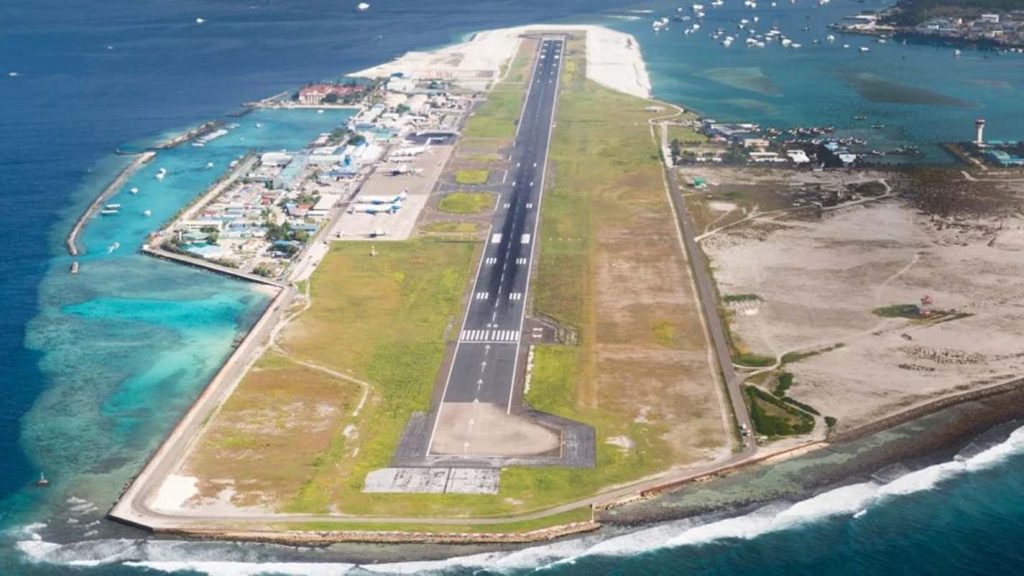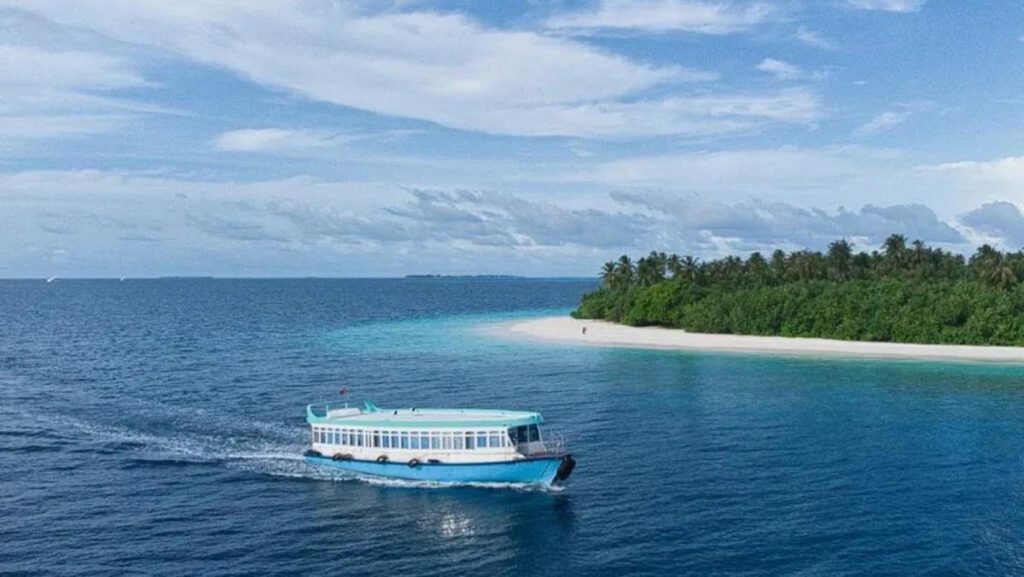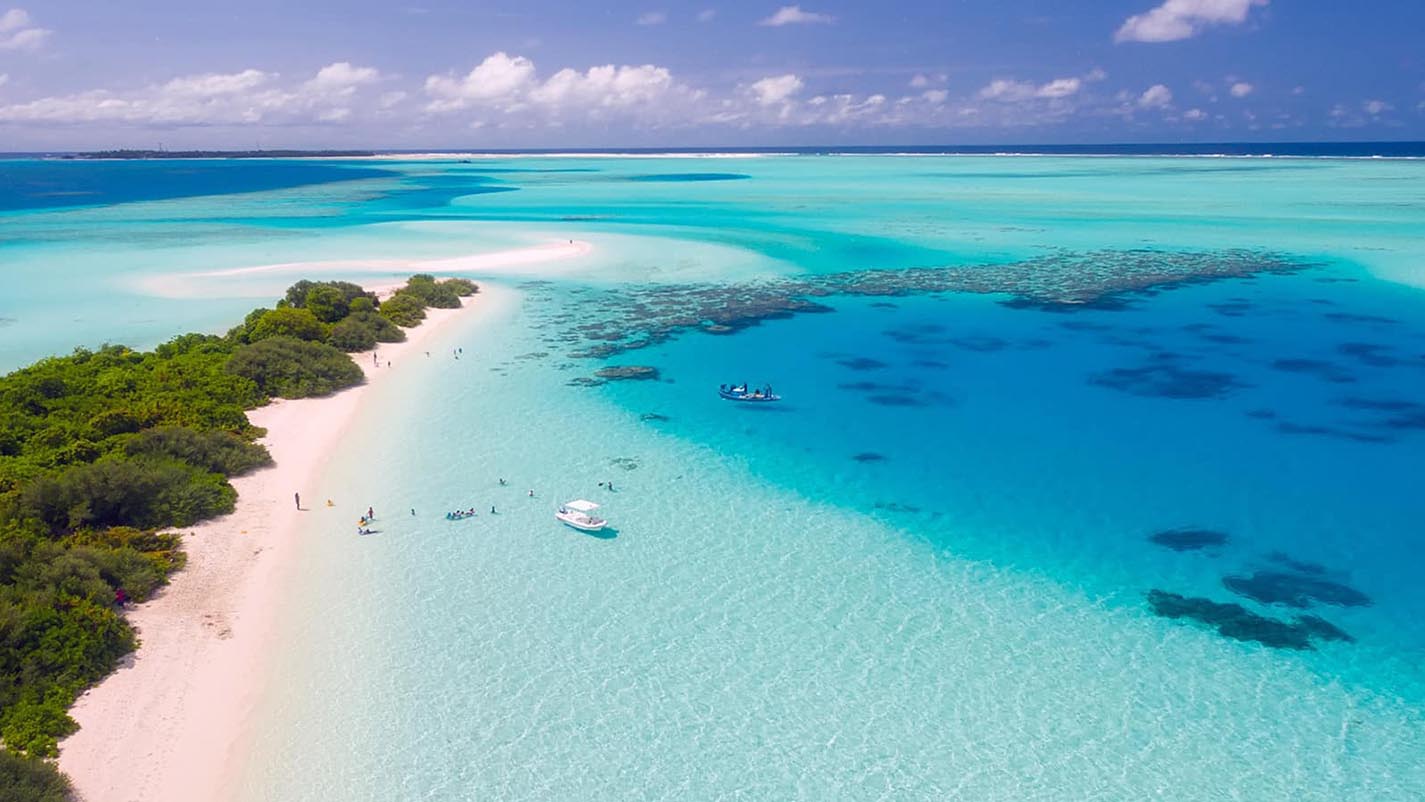When people imagine the Maldives, they usually picture turquoise lagoons, sugar-white sandbanks, and overwater villas stretching out like pearls across the ocean. What often comes as a surprise is the practical question: once you’ve arrived, how do you actually get around this nation of scattered islands? The Maldives isn’t a single large landmass but a sprawling archipelago of more than a thousand islands grouped into 26 atolls. That means transportation isn’t just a detail—it’s central to shaping your travel experience.
Unlike many destinations where cars, trains, or buses dominate, getting from place to place in the Maldives requires an entirely different set of options. Seaplanes buzz above the atolls, speedboats cut through aquamarine waters, and ferries connect island communities. Each choice has its own charm, price range, and level of convenience. This guide will take you through everything you need to know about navigating between islands, helping you make smart choices that align with your style of travel, budget, and expectations.
1. Understanding the Geography of the Maldives
The Maldives stretches across the Indian Ocean like a shimmering necklace, extending over 800 kilometers north to south. With only a handful of islands large enough to host cars and urban-style infrastructure, transport here is about water and air rather than roads. The main international gateway is Velana International Airport, located near the capital city, Malé. From there, most travelers continue to their chosen island by either boat or plane.
The type of transport you’ll use depends on three factors:
- Distance: Some islands are close enough to reach by speedboat, while others require a flight.
- Budget: Prices range from just a few dollars for local ferries to hundreds of dollars for a seaplane transfer.
- Time: Seaplanes are the fastest, ferries the slowest.
Understanding these dynamics helps you avoid surprises and plan more smoothly.
2. Domestic Flights
For resorts and local islands that are far from Malé, domestic flights are often the most efficient choice. The Maldives has several regional airports spread across the atolls, including those in Gan, Hanimaadhoo, Dharavandhoo, and Maamigili.

✈️ What to Expect
Domestic flights operate with small aircraft, usually 40–50 seats. They are less glamorous than seaplanes but significantly more affordable, especially if you’re traveling long distances. Flight times range from 30 minutes to just over an hour.
✅ Pros
- Faster than ferries and speedboats for distant atolls.
- Operates day and night, unlike seaplanes (which only fly during daylight).
- Cheaper than seaplanes for longer routes.
❌ Cons
- Requires an additional transfer from the domestic airport to your final island (usually a short boat ride).
- Limited baggage allowance, though usually more generous than seaplanes.
For travelers staying at mid-range resorts or guesthouses far from the capital, domestic flights offer the best balance of cost and convenience.
3. Seaplanes
Arguably the most iconic way to travel in the Maldives, seaplanes are as much an experience as they are a mode of transport. Flying low over the atolls, these small planes provide sweeping aerial views that make for unforgettable photographs.
✈️ What to Expect
Seaplanes typically seat 15–20 passengers and land directly on the water near your resort. They are operated mainly by Trans Maldivian Airways and Maldivian Seaplane, with flights coordinated through resorts rather than booked independently.
✅ Pros
- Unmatched views of the islands from above.
- Direct access to many resorts with no extra boat ride needed.
- A once-in-a-lifetime experience for many travelers.
❌ Cons
- Very expensive, often costing several hundred dollars per person round-trip.
- Operates only in daylight hours, meaning late-night arrivals at Malé may require overnight stays before transfer.
- Small baggage allowance, typically 20 kg including hand luggage.
While costly, seaplanes are often worth the splurge if you want to maximize your time and enjoy the Maldives’ beauty from a whole new perspective.
4. Speedboats
For islands located within a reasonable distance of Malé, speedboats are the go-to transfer option. Resorts within a 1–2 hour radius often use them, and local guesthouses on nearby islands are also well-served.
🚤 What to Expect
Speedboats range from simple vessels with a few seats to larger, covered boats accommodating dozens of passengers. Travel times vary depending on distance and weather, but the ride is usually smooth in calm seas.
✅ Pros
- Relatively affordable compared to flights.
- Flexible schedule, especially for private charters.
- Scenic ride across open waters.
❌ Cons
- Can be uncomfortable in rough seas.
- Travel time can still be long compared to flights.
- Not practical for distant islands.
Speedboats strike an excellent balance for travelers heading to islands near the capital region. For those prone to seasickness, however, it’s worth packing motion-sickness remedies.
5. Public Ferries
The Maldives government operates a system of public ferries designed primarily for locals but open to travelers as well. These ferries connect many inhabited islands at very low cost.
⛴️ What to Expect
Ferries are basic but functional, with seating areas and open-air decks. Journeys are slower, often taking several hours, and schedules can be limited.
✅ Pros
- Extremely budget-friendly, with fares often just a few dollars.
- A chance to interact with locals and experience daily life.
- Eco-friendly, lower carbon footprint compared to flights.
❌ Cons
- Limited routes and infrequent schedules.
- Long travel times, not ideal for short vacations.
- Delays or cancellations due to weather are common.
Public ferries are best suited for adventurous travelers with flexible itineraries who want to explore local islands and save money.
6. Private Yachts and Charters
For those seeking complete freedom, private yacht charters or speedboat rentals are available. These allow you to set your own itinerary, hopping between islands at your pace.
⛵ What to Expect
Yachts range from modest sailing boats to luxury liveaboards with full crews and amenities. Daily rates vary widely but are usually aimed at the higher end of the market.
✅ Pros
- Total flexibility in route and schedule.
- Luxurious and private experience.
- Ideal for diving, fishing, or multi-island exploration.
❌ Cons
- Very expensive compared to other transport.
- Requires advance booking, especially in peak travel season.
Private charters are perfect for travelers who want exclusivity and adventure beyond the typical resort setup.
7. Inter-Island Domestic Ferries and Boats
In addition to public ferries, some local operators run smaller inter-island boats connecting neighboring islands within the same atoll.
These boats are usually faster and more frequent than government ferries, though they can be more expensive. They’re particularly useful for island-hopping in regions like Ari Atoll or Baa Atoll, where islands cluster closely together.
8. Transport Within Islands
Once you’re on an island, getting around is straightforward. Most resort islands are small enough to walk across in 10–15 minutes, often with sandy paths leading from villas to restaurants and beaches. Larger local islands may have bicycles or motorbikes for rent, and a few urbanized islands like Malé have taxis.
But generally, the rhythm of island life means there’s no need for cars or buses. Walking barefoot on sand is part of the experience.

9. Practical Tips for Navigating the Maldives
- Book Transfers in Advance: Resorts usually arrange seaplane or speedboat transfers, but confirm details early to avoid last-minute surprises.
- Check Arrival Times: If your international flight lands late at night, you may need to stay in Malé before transferring, as seaplanes don’t operate after sunset.
- Pack Light: Baggage limits on seaplanes and small aircraft are strict. Travel with essentials and leave heavy suitcases at home.
- Consider Your Budget: Transportation can account for a significant part of your Maldives expenses. Factor this in when choosing resorts.
- Stay Flexible: Weather can cause delays for both flights and boats. Build some buffer time into your itinerary.
10. Choosing the Right Transport for You
So, which mode of transport should you pick? It depends on your priorities:
- For speed and views: Choose a seaplane.
- For long distances at moderate cost: Opt for a domestic flight.
- For convenience near Malé: Take a speedboat.
- For budget and adventure: Ride the public ferries.
- For exclusivity: Charter a yacht.
Each has its place in the Maldivian travel puzzle, and part of the magic is that your journey is as memorable as the destination.
Getting around the Maldives isn’t just about logistics—it’s an integral part of the experience. Whether you’re soaring above the glittering atolls in a seaplane, skimming the waves by speedboat, or mingling with locals on a traditional ferry, transportation here carries its own sense of wonder and anticipation. Each journey is more than a transfer; it is an introduction to the Maldives’ unique character, where ocean and sky seem to merge endlessly.
Flying above the islands reveals breathtaking aerial views that few places on earth can match, while a speedboat ride lets you feel the sea spray and watch the changing shades of blue unfold around you. Ferries, on the other hand, offer a slower but deeply authentic glimpse into local life, where conversations, laughter, and simple routines enrich the ride.
By planning wisely, setting realistic expectations, and embracing these diverse modes of travel, you’ll realize that moving between islands is not just a necessity but one of the highlights of your Maldivian adventure—an unforgettable chapter that complements the destination itself.
Tags: Private Yachts and Charters, Seaplanes, Speedboats
